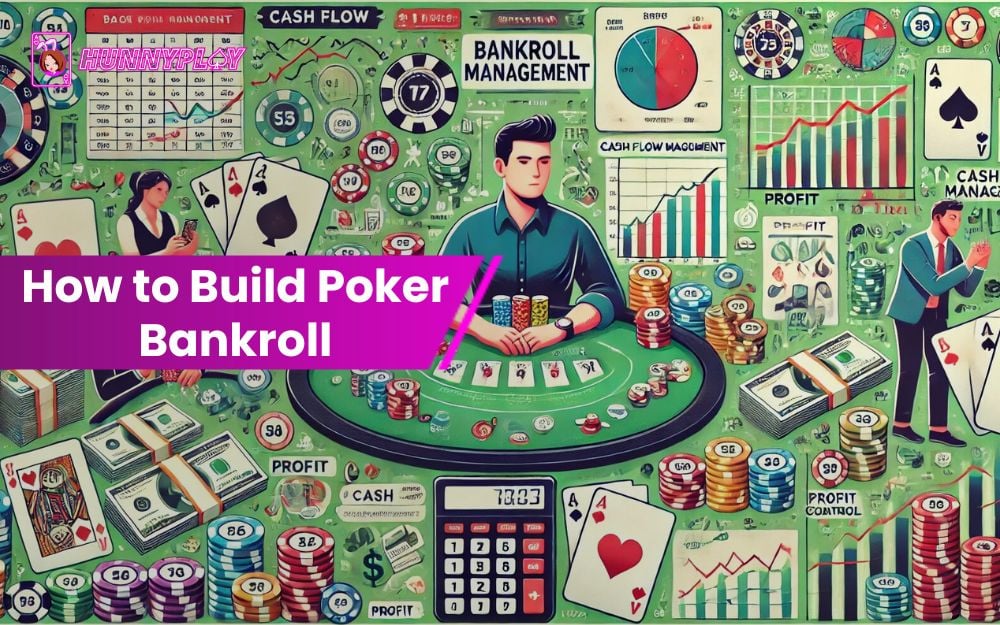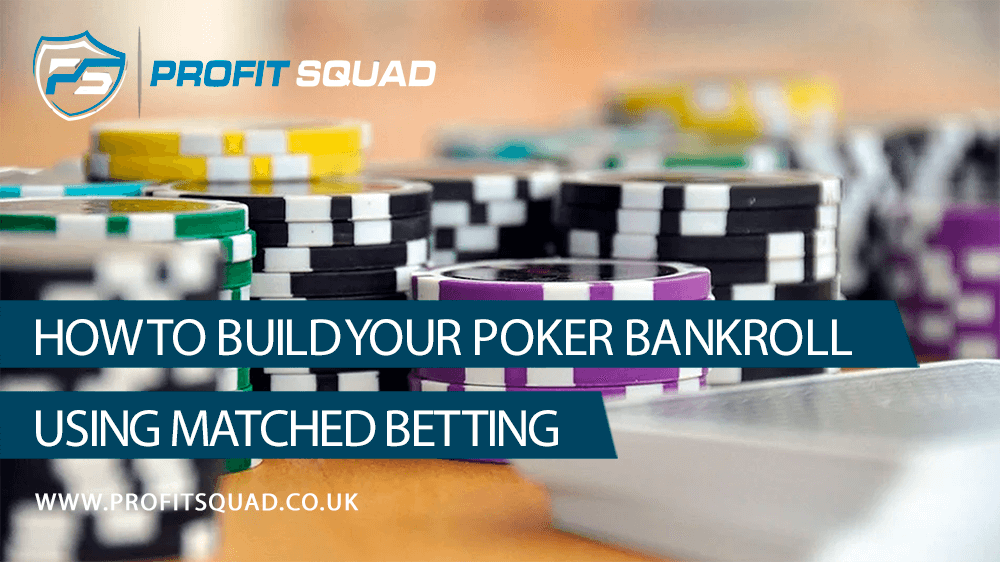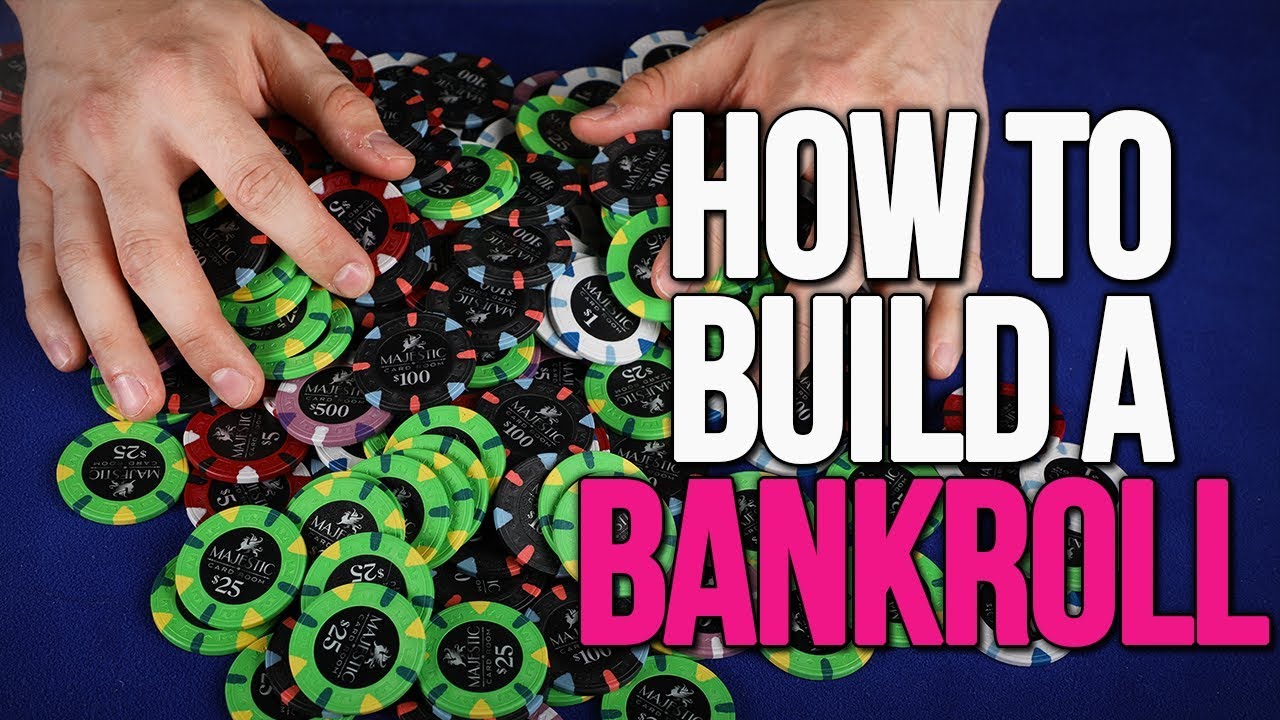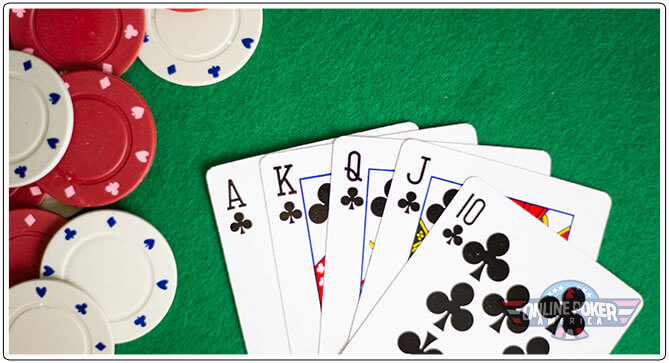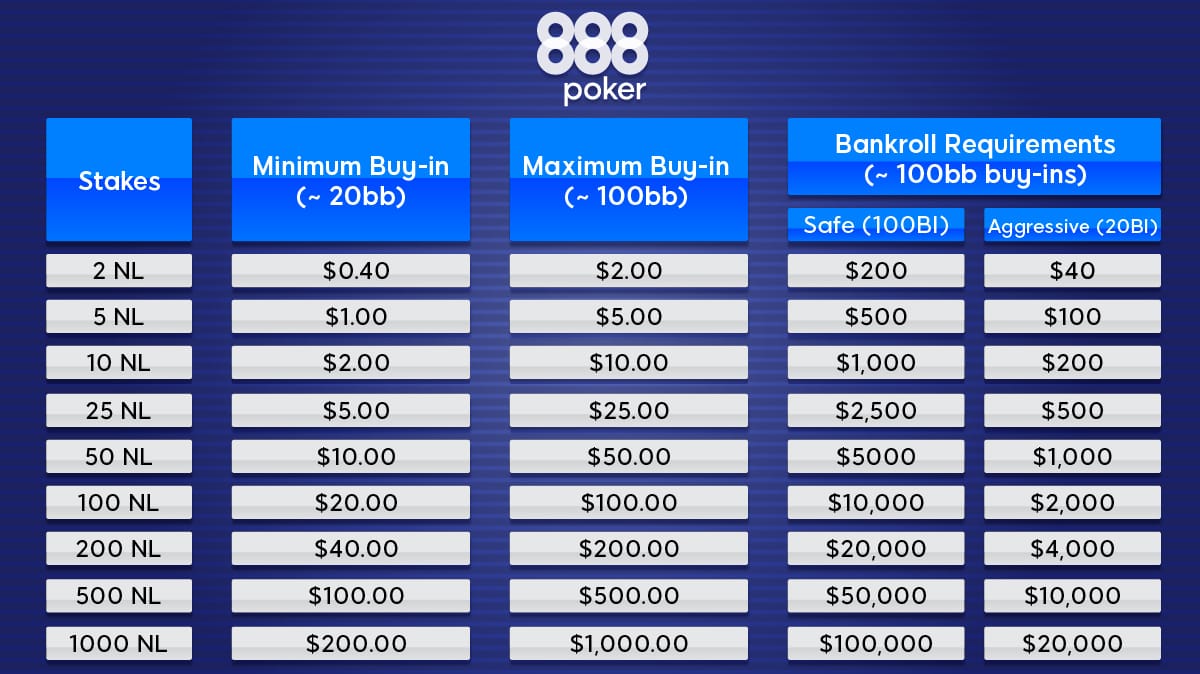How To Build A Bankroll Poker
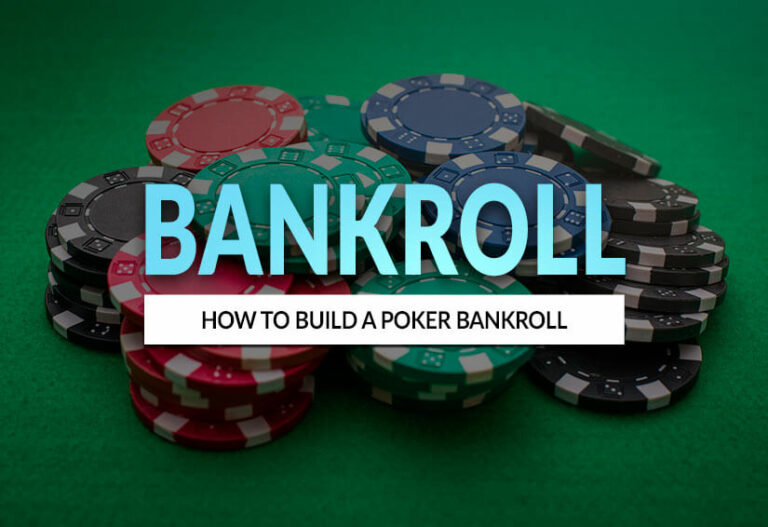
Crush the micro stakes and build a formidable poker bankroll: it's possible. This guide delivers the concrete strategies and tactics to transform a small initial deposit into a thriving poker account.
The crucial element of poker success isn't just raw skill, but also proper bankroll management. Failing to manage your funds responsibly can lead to devastating losses and halt your poker journey before it even begins.
Understanding Bankroll Management
Bankroll management is the practice of managing your poker funds to withstand variance and avoid going broke. The ideal bankroll size depends on the game you play and your risk tolerance.
Cash Games: The Conservative Approach
For cash games, a conservative approach requires at least 20-30 buy-ins. For example, if you're playing $0.01/$0.02 No-Limit Hold'em (NL2) with a $2 buy-in, aim for a bankroll of $40-$60.
This allows you to weather losing streaks without risking your entire bankroll. Remember to move down stakes if you experience significant losses.
Aggressive players might consider 15-20 buy-ins, but this is only recommended if you're consistently winning and have a solid understanding of the game.
Tournaments: Embracing Variance
Tournaments require a larger bankroll due to higher variance. A common recommendation is 100 buy-ins or more.
If you're playing $1 tournaments, aim for a bankroll of at least $100. Multi-table tournaments (MTTs) demand even more buy-ins, perhaps 150-200.
For Sit & Go's (SNGs), a bankroll of 50-100 buy-ins is generally sufficient. Remember to adjust your stake levels based on your bankroll size.
Starting Small: The Micro Stakes Grind
The most common starting point for bankroll building is the micro stakes. These games offer low buy-ins and allow you to gain experience without risking significant capital.
NL2 and NL5 cash games are excellent options for beginners. Similarly, $1-$3 tournaments can be a good starting point.
Focus on playing a tight, aggressive (TAG) style. This involves playing strong starting hands and betting aggressively when you have the best hand.
Key Strategies for Bankroll Growth
Building a bankroll requires more than just bankroll management; you also need a solid poker strategy. Here are some key strategies to implement:
- Position is Power: Always be aware of your position at the table. Play tighter from early position and looser from late position.
- Aggression Wins: Betting and raising are generally more profitable than calling. Take the initiative and force your opponents to make tough decisions.
- Value Bet Effectively: Extract maximum value from your strong hands by betting appropriately. Consider your opponent's tendencies and the board texture.
- Bluff Selectively: Don't over-bluff, especially at the micro stakes. Focus on semi-bluffs with the potential to improve to a strong hand.
- Learn to Fold: Knowing when to fold is crucial. Don't get attached to hands just because you've invested money in them.
Tracking Your Progress
It's essential to track your progress to identify leaks in your game and monitor your win rate. Software like PokerTracker 4 or Holdem Manager 3 can be invaluable.
These tools allow you to analyze your hands, identify areas for improvement, and track your win rate per hour or per hand. They also help you identify your opponents' tendencies.
Alternatively, you can use a simple spreadsheet to track your sessions, buy-ins, and profits. Regularly review your results and make adjustments to your strategy as needed.
Moving Up Stakes
The key to bankroll building is knowing when to move up stakes. A general rule is to move up when you have at least 30 buy-ins for the next stake level.
If you're consistently winning at NL2 and have $150 in your bankroll, consider moving up to NL5. Be prepared to move back down if you experience significant losses.
Moving up too quickly can be detrimental to your bankroll. Patience and discipline are essential.
Continuous Learning and Improvement
Poker is a game of constant learning and adaptation. Stay updated on the latest strategies and techniques by reading books, watching videos, and joining online forums.
Consider investing in coaching from a reputable poker coach. A coach can provide personalized feedback and help you identify and correct leaks in your game.
Review your own hands regularly and analyze your decisions. Identify mistakes and develop strategies to avoid making them in the future.
Discipline and Patience
Building a poker bankroll requires discipline and patience. Don't get discouraged by losing streaks and don't let your emotions influence your decisions.
Stick to your bankroll management plan and only play at stakes that you can afford. Remember that building a bankroll is a marathon, not a sprint.
By implementing these strategies and maintaining a disciplined approach, you can increase your chances of building a sustainable poker bankroll and achieving your poker goals.
Next Steps
Start by analyzing your current poker game and identify areas for improvement. Implement the bankroll management strategies outlined above and begin playing at the micro stakes.
Track your progress diligently and make adjustments to your strategy as needed. Stay committed to continuous learning and improvement, and you'll be well on your way to building a substantial poker bankroll.
Good luck at the tables!
